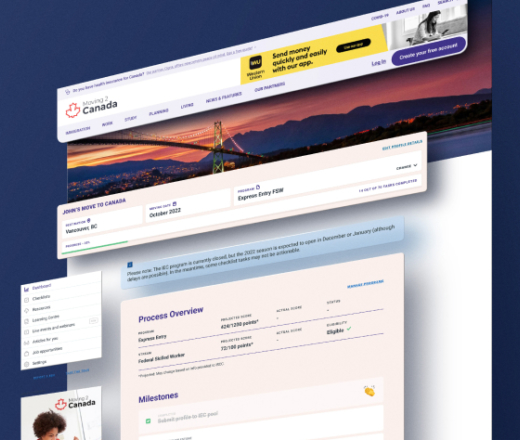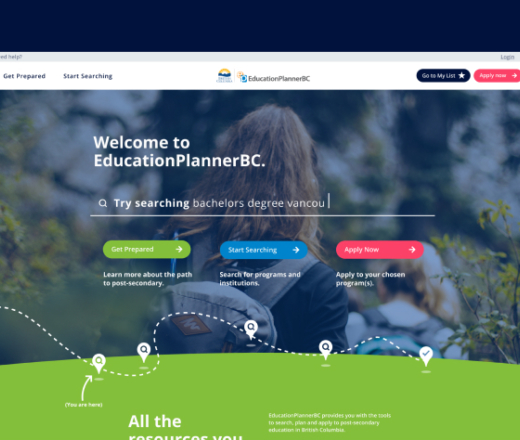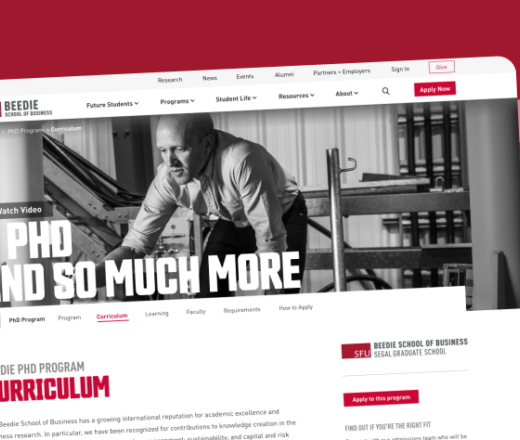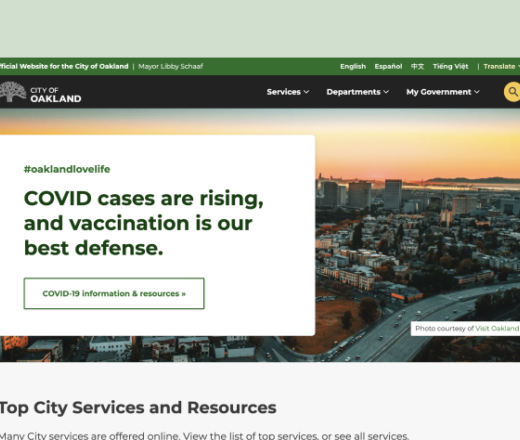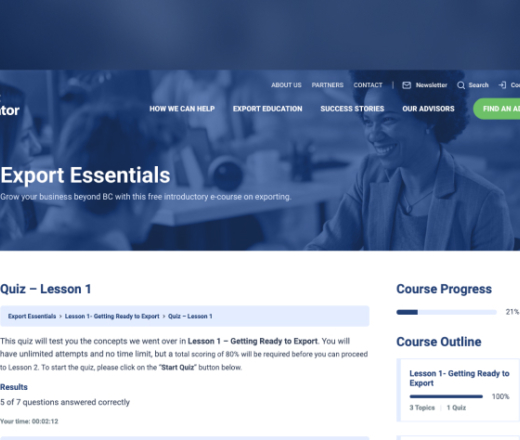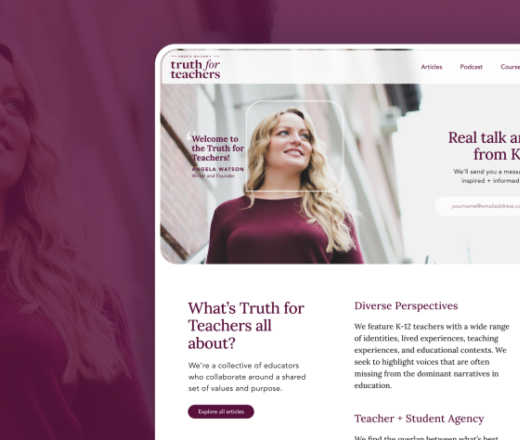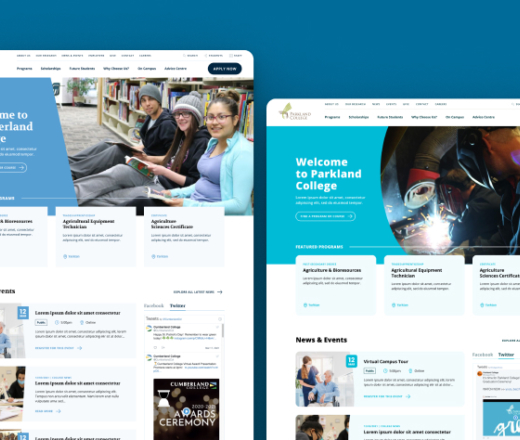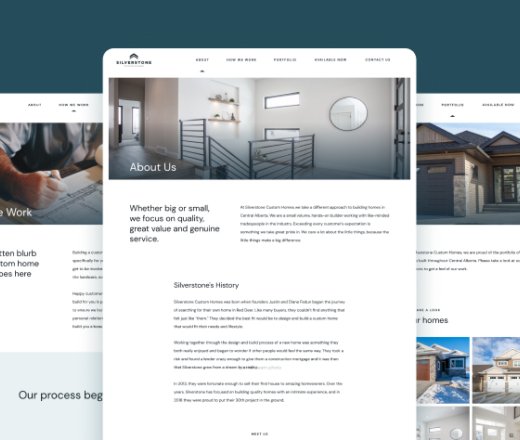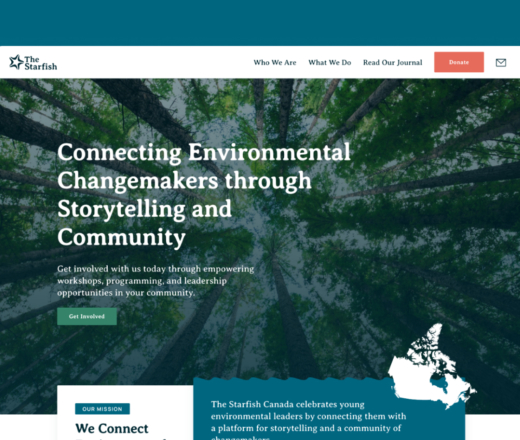NEW SITE WHO DIS
You may have noticed a few changes around here. Over the past 6 months, here at Goat, we’ve been pointing our efforts towards building a brand new site that better reflects who we are as a business and how we work as a team; We’ve put a lot of thought and consideration into how best to showcase the work we do and who we do it for, in order to bring clarity and enjoyment to all those who visit. Over the course of this work, we’ve been attentively streamlining our internal processes and ways of working, resulting in the services we offer becoming more honed, adaptable, agile, and easier for our clients to engage with. As a result of further refining our own practices, and reflecting on who we are today, we thought this would offer a timely opportunity to document it, by using our first blog post, on our newly designed website, to outline how Goat approaches a typical project.
But first, let’s be frank; there’s no such thing as a typical project!
To be considerate of aspects such as requirements and budget goes without saying, however being mindful of tentativeness, technical comprehension, expectations, and past experiences with other agencies, are some of the additional factors that go towards modifying our approach, to make it the most appropriate for that particular project and client. This formula, plus our own set of company values, is what guides our MO throughout the entire engagement, and means we can apply a systematic approach to a variety of different project scopes.
Before we get stuck into the details, let’s first acknowledge the linchpins of any project; the project managers. Ensuring timelines and communications are supervised and resources are suitably allocated, is key to any project’s success. Project managers are the conduits through which good work and diligence flow.
Research to The Rescue
Prior to even thinking about jumping into design software or chatting features and functions, we always begin with a research phase. This can contract or expand depending on the scale of the project and the problem (or problems), but we always fight hardest to ensure that a research component, no matter how nimble, is never skipped. Having a pertinent understanding of the product we’re trying to create or improve sets us up for success later on, and ensures the data that inform our recommendations can be cited with ease.
A research phase may often include site audits, stakeholder and user interviews, surveys, competitor analysis, examining information architecture and content, and inspecting Google Analytics; some clients love to see the nitty-gritty of this and will pour over the results in our detailed UX reports, while others trust us to gather the information we need and move assuredly into generating visual solutions. Either way, we never make design decisions without justification by way of this important groundwork.
The All Important ‘How’
We like to be thinking about strategy from the get-go — how will we perform our research? How do we best interface with our client? What tools and information do we need in order to extract the richest, most useful data? These are common questions we ask ourselves. However, where strategy really comes into play is right after we complete the research phase, when our minds are fully informed and we can begin planning the best way to interpret everything we’ve learned about the project. Strategizing is best done in concentric layers; designers will often come together and discuss the ideas and solutions we like best, developing these directions into options we can discuss with project managers, then the team as a whole. It’s important that we’re thinking as deeply as we’re able to about specific functions at this stage, so we can discuss and gauge the viability of such ideas with our developers. We’re also lucky to have some art direction and strategic direction chops on our roster, and we make good use.
Building Blocks
With strategy outlined and a clear plan for a structural solution that has users’ needs interlaced throughout, we can begin creating the first iterations of the product, a bare-bones representation of what will eventually become a designed and operational website, with the appropriate amount of fidelity applied, depending on project scope. Wireframing is always an exciting process for everyone involved, as it represents the first instance we can show content types in-situ, and how the platform will connect and function.
Just like the previous phases, we like to be thinking one step ahead, and how to set ourselves up for success. Here at Goat, we love component-based design (more on that soon), we’ve invested a lot of effort in creating a vast library of common componentry to pull from when constructing our wireframes. This not only makes things clean and efficient, but ensures that applying the final design treatment is also a breeze.
Not only is this phase an exciting development in the course of the project, it also represents an important milestone, where all parties come to an agreement on what state we go forward into the design phase.
Style It Out
As with wireframes, we choose to create design prototypes in the cloud-based software, Figma. It’s important that we can share a clear vision of what the finished site will look like, but also be able to imitate, to a fairly accurate degree, the way in which it functions, and Figma gives us this ability. This aspect is not only key to helping our clients understand and get a feel for the design, but it also assists in helping us manage expectations, and gather feedback in a contextual and efficient manner. Due to the intangible nature of our work, it’s important for us to use methods and tools that allow us to share progress with our clients in a way that will offer the most value, whether that be by creating an interactive UX report, producing high-fidelity linked mobile prototypes, or crafting a well-rounded presentation to explain our ideas - this all goes towards fostering a mutually rewarding working relationship for the duration of the project and beyond.
We approach design in a holistic way, by first defining the fundamentals (layout, typefaces, colours, sizes) — essentially the building blocks that make up the visual treatment — meaning adjustments can happen design system-wide and new componentry is simple to create and remains consistent. Regardless if the project requires a full page-by-page prototype, or a simple style update shown across a small selection of applicable components, applying a base design system in this formulaic way leaves room for us to approach other aspects of the project more creatively.
Bringing Everything to Life
The component-based design system approach benefits everyone, not least of all our developers. Defining visual aspects in this way, and focusing on constituent parts rather than building by page, makes the build process more agile, and the post-launch CMS experience for the client all the more straightforward. Speaking of CMS, we have a soft spot for Craft CMS, however we’re just as comfortable on WordPress (or any other CMS for that matter).
The time between design hand-off and launch involves, as you might imagine, predominantly the development work. The design team will also run QA, (quality assurance) making sure what’s built on the staging site matches the prototypes and expected behaviours. Once everyone at Goat is happy with the product, we share this with our client for their own round of feedback and QA, coordinated by our project management team. Major changes are rarely requested at this stage, but we never rule it out as a possibility.
CMS training is an important step to ensure all stakeholders can access and update the product with ease. We like to ensure that our clients feel supported once we’ve handed over access, and we remain on hand to offer help and guidance as they add the finishing touches by way of content.
There you have it; what we do and how we do it! We hope you’ve found this interesting and are more informed about the goings on inside an agile, gregarious, hardworking, detail-oriented, web design agency.
If you have an idea that you’d like to bring to life, feel free to reach out to Terence for a chat!
